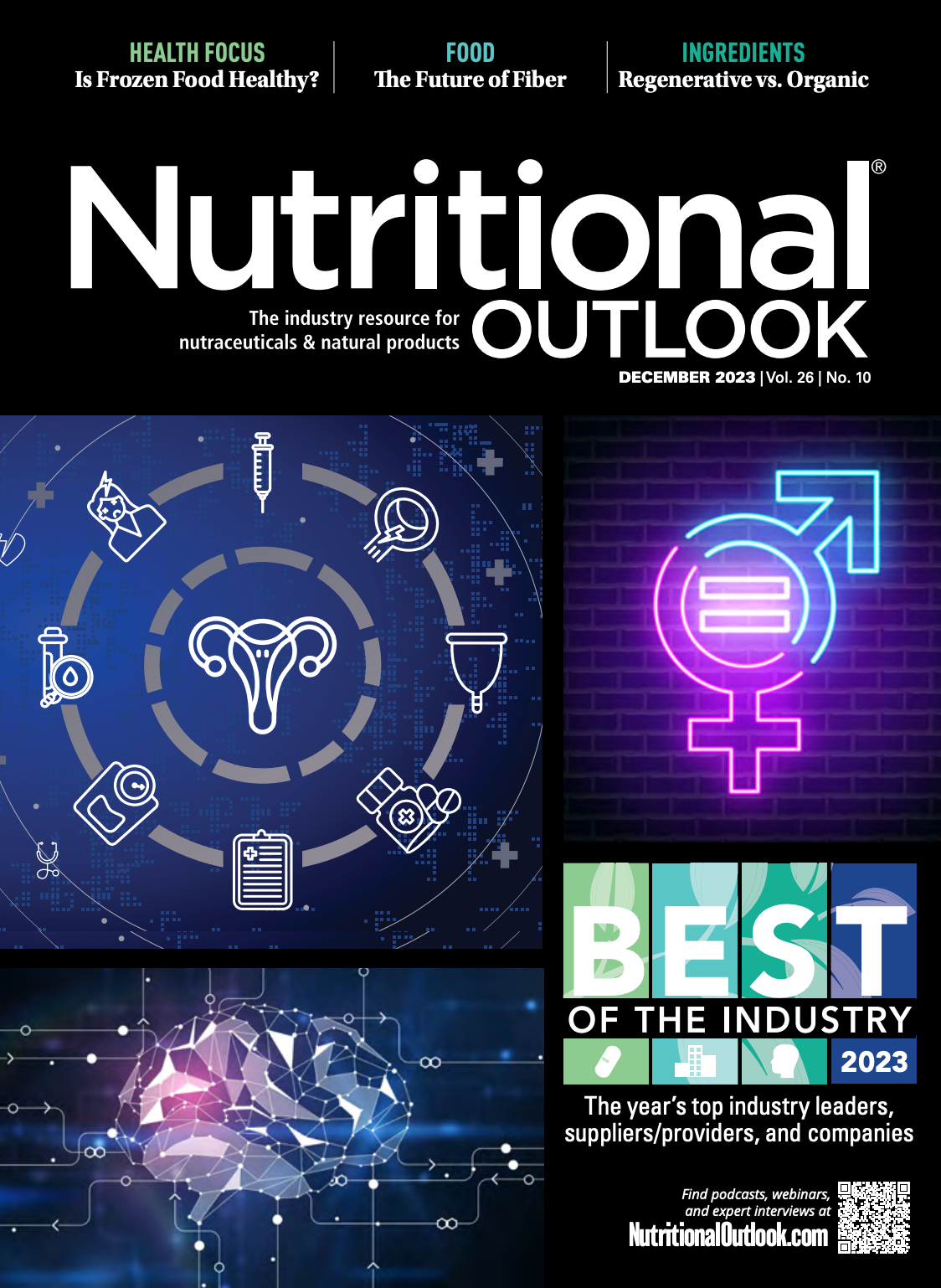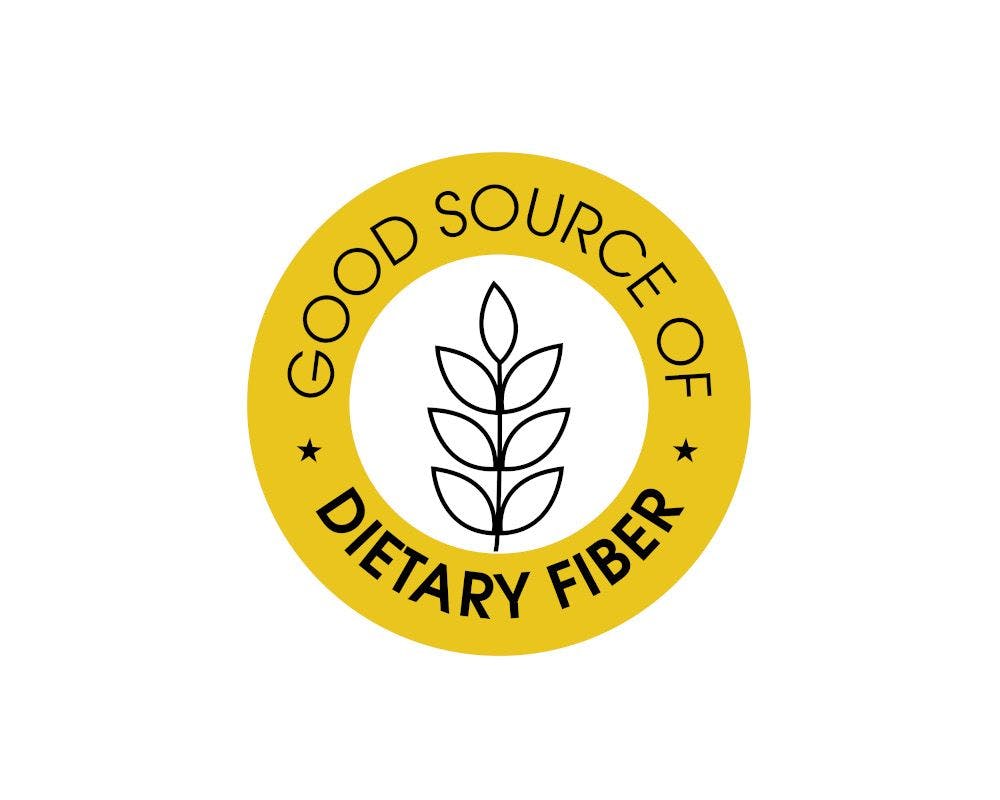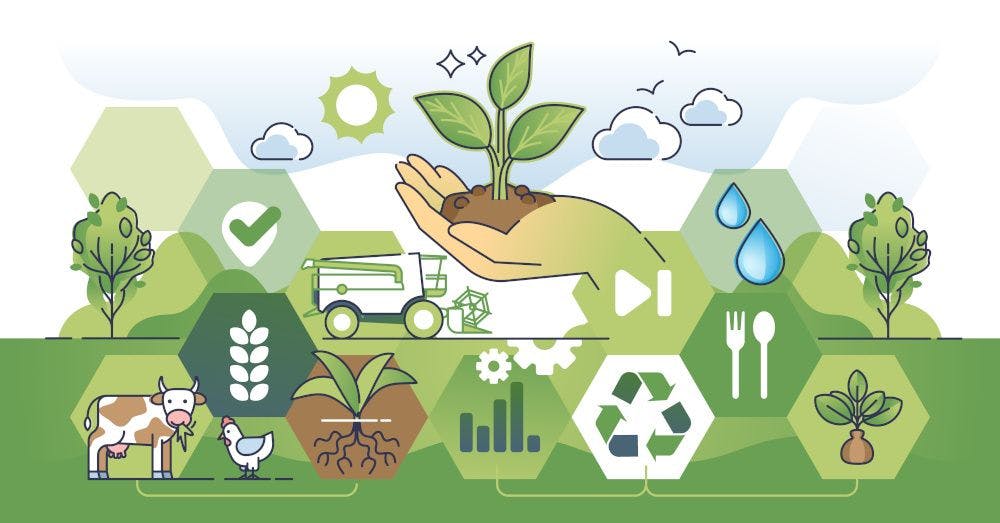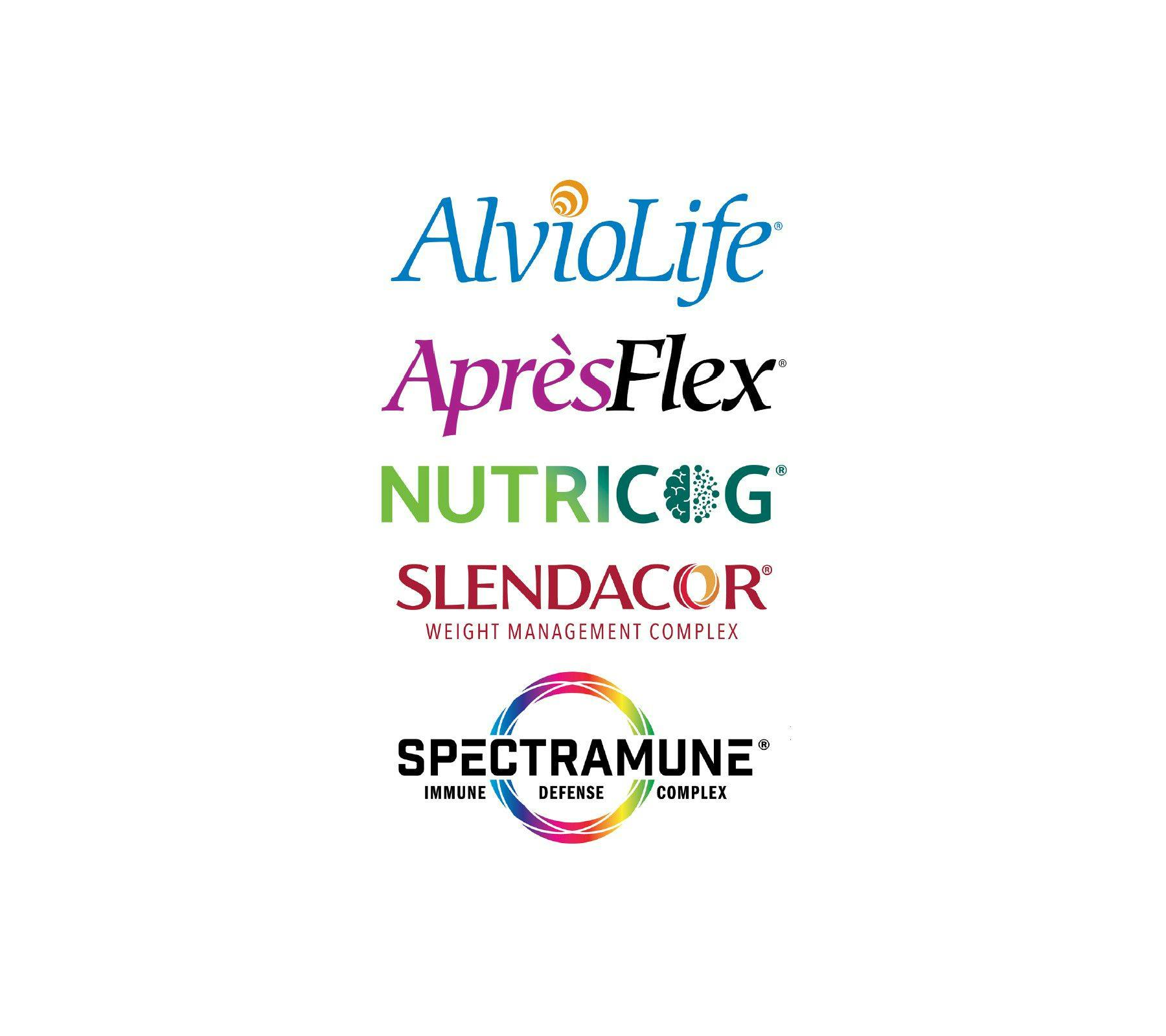Cold comfort: Frozen foods put health on the menu
Frozen foods can be a healthy choice. Here’s why.
In an era when “highly processed foods” have virtual targets plastering their packages, what health-and-wellness benefits could the contents of the supermarket freezer case possibly have to offer conscientious consumers?
A whole lot, it turns out.
And all it takes is a leisurely stroll of the freezer department to discover not only how much is out there, but how much the nutritional savvy and culinary sophistication of today’s frozen options make the clunky “T.V. dinners” of yesteryear blanch.
Cold Heats Up
None of this surprises Mary Emma Young, vice president of communications, American Frozen Food Institute (AFFI; McLean, VA). “Shoppers enjoy that the frozen-food aisle features total meal solutions that are easy to prepare and delicious,” she says.
In fact, AFFI’s recent 2023 Power of Frozen in Retail report found frozen-food sales exceeding $74 million over the past year, with the category’s audience of core consumers—namely, those who eat frozen food daily or every few days—“holding steady” at 38%, Young says.
“At the same time,” she continues, “those core consumers also appreciate the quality and nutrition they find in the frozen-food aisle. They’ve got a range of options for meeting their nutritional needs and providing quality meals.”
Case in point, that same AFFI report identified that 66% of the category’s core consumers are “more likely to believe” that the frozen-food department offers a wide variety of better-for-you options, with nearly three-quarters occasionally or frequently prioritizing better-for-you attributes when choosing frozen foods.
Luckily for them, Young says, “There are so many innovations underway in the category—from cauliflower-crust pizzas to protein-rich power bowls—that shoppers can take advantage of.”
Nutritional Standouts
Ron Pagaoa, senior marketing manager, savory and foodservice categories, U.S. and Canada, Ingredion (Westchester, IL), agrees, adding that today’s frozen choices “are nutritional standouts vastly different from the products of years ago.”
He credits the work of market-wise brands that target formulations toward “the specific dietary needs and health concerns of consumers seeking better-for-you options. That includes products catering to vegetarians; vegans; keto or low-carb dieters; diabetics; those looking for low-, no-, and reduced-sugar options; and those seeking high protein, too.”
And while these products keep the focus on diet and nutrition, they can walk and chew gum at the same time, so to speak—“delivering on great taste, texture, and flavor, too,” Pagaoa says, “while also meeting better-for-you perceptions with cleaner labels and simpler, more sustainable ingredients.”
Process-Oriented
But what about…processing? Do consumers deduct points from the freezer case for that?
First, notes Kantha Shelke, PhD, CFS, principal of the food-science and research firm Corvus Blue LLC (Chicago), “There’s no definition of ‘highly processed,’ which may cover everything from peeling and pureeing to fractionating.” What’s more, she argues, “There aren’t that many highly processed foods in the frozen-food aisle in the first place; rather mostly prepared meals—which is how most people consume their food anyway.”
Better yet, there’s nothing inherently wrong with processing in the first place, Young contends. “Food processing has many benefits,” she points out. “It helps maintain product quality for a long time, makes products more accessible in communities and food deserts around the country, saves families time on meal planning and preparation, and keeps food safe.”
This is especially the case with freezing. As Young puts it, “It’s hitting nature’s pause button and is simply a process of reaching a temperature state that locks in nutrients and flavor.” Freezing fruits and vegetables within hours of harvest doesn’t just preserve their from-the-field freshness and nutritional value year-round; frozen produce, Young claims, “has the same nutritional value as its non-frozen counterparts—or even greater—because this process occurs so quickly after harvest.”
Freezing’s Frontiers
Shelke notes that the industry currently leans on conventional methods such as air-blast freezing, cryogenic freezing, direct-contact freezing, and immersion freezing for commercial frozen-food production. But a range of novel freezing technologies are “enhancing the value and quality of frozen foods,” she promises.
For example, high-pressure freezing (HPF) and ultrasound-assisted freezing (UAF) initiate ice nucleation quickly, she explains, “leading to uniform distribution of ice crystals and better control of their size and shape.” Thus the former is finding favor with meats, as it eliminates the cell expansion that can occur during freezing better to preserve meat texture, and the latter preserves frozen-potato texture, making “mealy” spuds a thing of the past.
Similarly, osmo-dehydrofreezing (ODF) obviates the syrups and salt solutions often needed in fruit and vegetable freezing, Shelke continues, adding that commercial processors are testing electrically disturbed freezing (EF) and magnetically disturbed freezing (MF) in vegetables and meats to help preserve their texture and “high-moisture cellular structure.”
Radio-frequency-assisted (RFF) and microwave-assisted freezing (MWF) are also in the testing phase, Shelke notes, and even more avant-garde is isochoric freezing. “Borrowed from the organ-transplant sector in medicine,” she explains, “it uses relatively low energy to preserve the structure of the food material without inducing ice-crystal formation, thereby enhancing the eating quality of fragile foods like tomatoes, cherries, and greens while concurrently reducing microorganisms during storage.”
She expects to see some of these exciting technologies setting up a competitive advantage in the frozen-food aisle soon “in the form of the bottom line, sustainability, improved taste and texture, and simpler formulations in prepared meals.”
But even the current methods pay dividends to everyone. “For the time- and budget-strapped,” Shelke concludes, “frozen foods are a veritable boon. Regardless of how ‘processed’ they may be, they offer busy, health-conscious people the opportunity to consume a wide variety of nutritious foods conveniently, and at any time.”














Prinova acquires Aplinova to further increase its footprint in Latin America
April 7th 2025Prinova has recently announced the acquisition of Brazilian ingredients distributor Aplinova, which is a provider of specialty ingredients for a range of market segments that include food, beverage, supplements, and personal care.
HHS announces restructuring plans to consolidate divisions and downsize workforce
Published: March 27th 2025 | Updated: March 27th 2025According to the announcement, the restructuring will save taxpayers $1.8 billion per year by reducing the workforce by 10,000 full-time employees and consolidating the department’s 28 divisions into 15 new divisions.
HHS announces efforts to eliminate independent conclusion of GRAS
Published: March 11th 2025 | Updated: March 11th 2025U.S. Department of Health and Human Services (HHS) Secretary, Robert F. Kennedy Jr., is directing the acting U.S. Food and Drug Administration’s (FDA) acting commissioner to explore rulemaking that would eliminate the independent conclusion of GRAS provision.
Prinova acquires Aplinova to further increase its footprint in Latin America
April 7th 2025Prinova has recently announced the acquisition of Brazilian ingredients distributor Aplinova, which is a provider of specialty ingredients for a range of market segments that include food, beverage, supplements, and personal care.
HHS announces restructuring plans to consolidate divisions and downsize workforce
Published: March 27th 2025 | Updated: March 27th 2025According to the announcement, the restructuring will save taxpayers $1.8 billion per year by reducing the workforce by 10,000 full-time employees and consolidating the department’s 28 divisions into 15 new divisions.
HHS announces efforts to eliminate independent conclusion of GRAS
Published: March 11th 2025 | Updated: March 11th 2025U.S. Department of Health and Human Services (HHS) Secretary, Robert F. Kennedy Jr., is directing the acting U.S. Food and Drug Administration’s (FDA) acting commissioner to explore rulemaking that would eliminate the independent conclusion of GRAS provision.
2 Commerce Drive
Cranbury, NJ 08512
All rights reserved.


